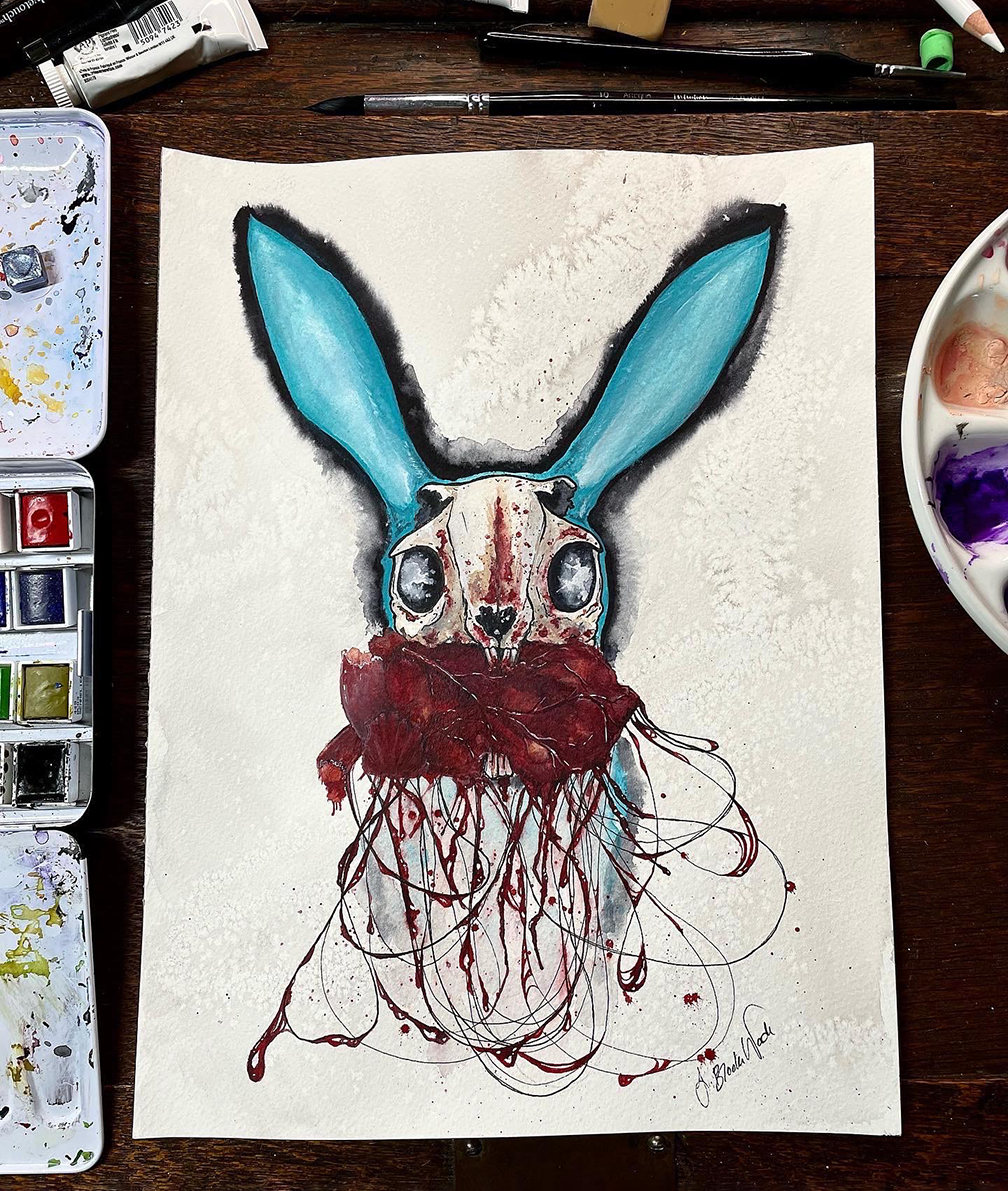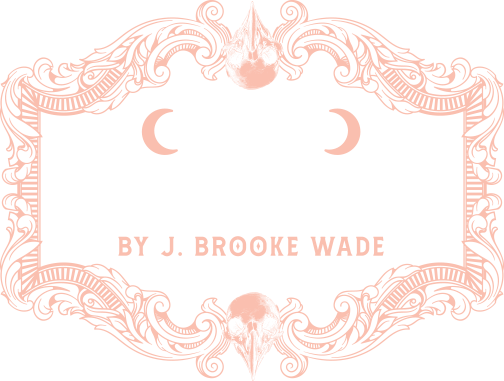
What Kind of Art Conveys Intense Emotions? Exploring Watercolors and Surrealism
Share
What Kind of Art Conveys Intense Emotions?
As an artist, I often wonder: what kind of art conveys intense emotions? Whether you're a seasoned painter or just beginning your artistic journey, understanding how to evoke powerful feelings through your work is a crucial skill. Today, we’ll explore various forms of art known for their ability to express deep emotions, with a special focus on watercolor painting, my own piece "No Strings Attached," and the fascinating realm of surrealism.
The Power of Art in Expressing Emotions
Art has always been a profound medium for expressing the full spectrum of human emotions. From joy and love to sorrow and anger, artists use their craft to connect with viewers on an emotional level. This connection is not just about technique but also about the choices an artist makes in terms of style, color, subject matter, and medium.
Abstract Art: A Direct Line to Emotion
Abstract art is often heralded for its ability to convey intense emotions. By abandoning representational accuracy, abstract artists focus on color, form, and texture to evoke feelings directly. The absence of recognizable subjects allows viewers to project their own emotions and interpretations onto the artwork, creating a deeply personal experience.
For instance, the vibrant, chaotic energy of Jackson Pollock's drip paintings can evoke a sense of turmoil or excitement, while the serene, contemplative quality of Mark Rothko’s color fields often stirs a feeling of introspective calm or melancholy.
Expressionism: Raw and Unfiltered
Expressionism is another art movement that prioritizes emotional intensity. Artists like Edvard Munch and Egon Schiele used distorted forms, exaggerated lines, and bold colors to convey their inner turmoil and existential angst. Munch’s famous painting, "The Scream," is a quintessential example of how art can capture intense feelings of anxiety and despair.
Surrealism: The Subconscious Unleashed
Surrealism, a movement that emerged in the early 20th century, delves deep into the subconscious to express intense emotions. Surrealist artists like Salvador Dalí and René Magritte combined dreamlike scenes with bizarre, fantastical elements to create works that challenge reality and provoke strong emotional reactions. By tapping into the unconscious mind, surrealism reveals the complexities and contradictions of human emotions, often creating a sense of wonder, confusion, or unease.
Realism and Portraiture: Capturing Human Experience
While abstract and surrealist works excel in evoking broad, universal emotions, realist art and portraiture can convey specific, nuanced feelings. A well-executed portrait captures not just the physical likeness of a subject but also their emotional state. The careful study of facial expressions, body language, and even the subtleties of light and shadow can communicate everything from quiet contemplation to profound grief.
The Unique Emotional Language of Watercolor
As a watercolor artist, I am particularly drawn to the medium’s unique ability to convey intense emotions. Watercolor's fluidity and unpredictability make it perfect for capturing the essence of a moment or feeling. Here are a few ways watercolor can be used to express emotions powerfully:
Color Choices
Color plays a significant role in conveying emotion in any medium, but in watercolor, the transparency and layering of colors can create particularly vivid and emotive effects. Bright, saturated hues can express joy and energy, while muted, cool tones might evoke sadness or tranquility.
Brushwork and Technique
The way you handle your brush can also convey emotion. Loose, expressive strokes can suggest spontaneity and passion, while controlled, delicate lines might communicate precision and calm. Techniques like wet-on-wet can produce soft, dreamlike washes that evoke a sense of melancholy or nostalgia, while dry brush techniques can create rough, textured effects that add intensity and drama. Subject Matter
Choosing the right subject matter is crucial. A stormy seascape can capture feelings of chaos and unrest, while a serene landscape might convey peace and contentment. Portraits in watercolor, with their soft, ethereal quality, can beautifully express the subtleties of human emotion.
"No Strings Attached": A Personal Exploration of Emotion
One of my own works, "No Strings Attached," is a piece that delves deeply into the realm of intense emotions through watercolor. This painting features an intricate interplay of colors and forms, creating a dynamic composition that invites viewers to explore their own emotional responses.
The Story Behind the Painting
In "No Strings Attached," I aimed to capture the feeling of finding one's own inner strength and the complex emotions that come with breaking free from insecurities. Featuring a vibrant turquoise blue contrasting with deep reds, this work is a representation of when a person’s gentle and kind nature is repeatedly taken advantage of, much like a pack of wolves surrounding prey, and the prey finally bites back.
This work also incorporates surrealist elements, with dreamlike shapes and unexpected juxtapositions that evoke the unconscious mind. The abstract forms and vivid colors invite viewers to interpret the piece through their own emotional lens, much like how surrealist art encourages personal interpretation and emotional response.
Techniques and Choices
I used a combination of wet-on-wet techniques to create soft transitions between colors, enhancing the sense of fluidity and movement. The layering of transparent washes allowed for a depth and richness that invites the viewer to look closer and discover subtle details. The choice of colors, ranging from bold, warm tones to cooler, subdued shades, mirrors the emotional complexity of the subject.
Finding Your Emotional Voice in Art
Ultimately, the kind of art that conveys intense emotions is deeply personal and varies from artist to artist. Whether you’re drawn to the raw power of expressionism, the abstract beauty of non-representational art, or the delicate nuances of watercolor and surrealism, the key is to experiment and find what resonates with you.
Remember, the most powerful art comes from a place of authenticity. Don’t be afraid to pour your emotions into your work and let your artistic voice shine through. Whether you’re painting for yourself or sharing your art with the world, your passion and honesty will connect with viewers and evoke the intense emotions you aim to express.
